effective leadership and its impact on communication and collaboration.

Effective leadership is crucial for fostering open communication and fostering collaboration within a team. When a leader demonstrates clear communication skills and encourages open dialogue, team members feel valued and engaged in the decision-making process. This results in improved trust and mutual respect among team members, leading to enhanced collaboration and productivity. Strong leadership also plays a pivotal role in resolving conflicts and fostering a positive work environment where different viewpoints are welcomed and respected. By cultivating a culture of transparent communication and teamwork, a leader can empower their team to achieve shared goals and foster a sense of unity and purpose.
Read more
Definition of resistance to change

Resistance to change is a common reaction to new ideas, processes, or ways of doing things. It is a natural response to uncertainty and fear of the unknown. People often resist change because it disrupts their comfort zone and challenges their beliefs. Employees may resist change in the workplace due to fear of job loss or being unable to adapt to new methods. Resistance can manifest in different ways, such as passive-aggressive behavior, lack of enthusiasm, or outright opposition. Overcoming resistance requires effective communication, support, and involvement of those affected. Addressing concerns and providing reassurance can help facilitate a smoother transition.
Read more
Consequences of resistance to change
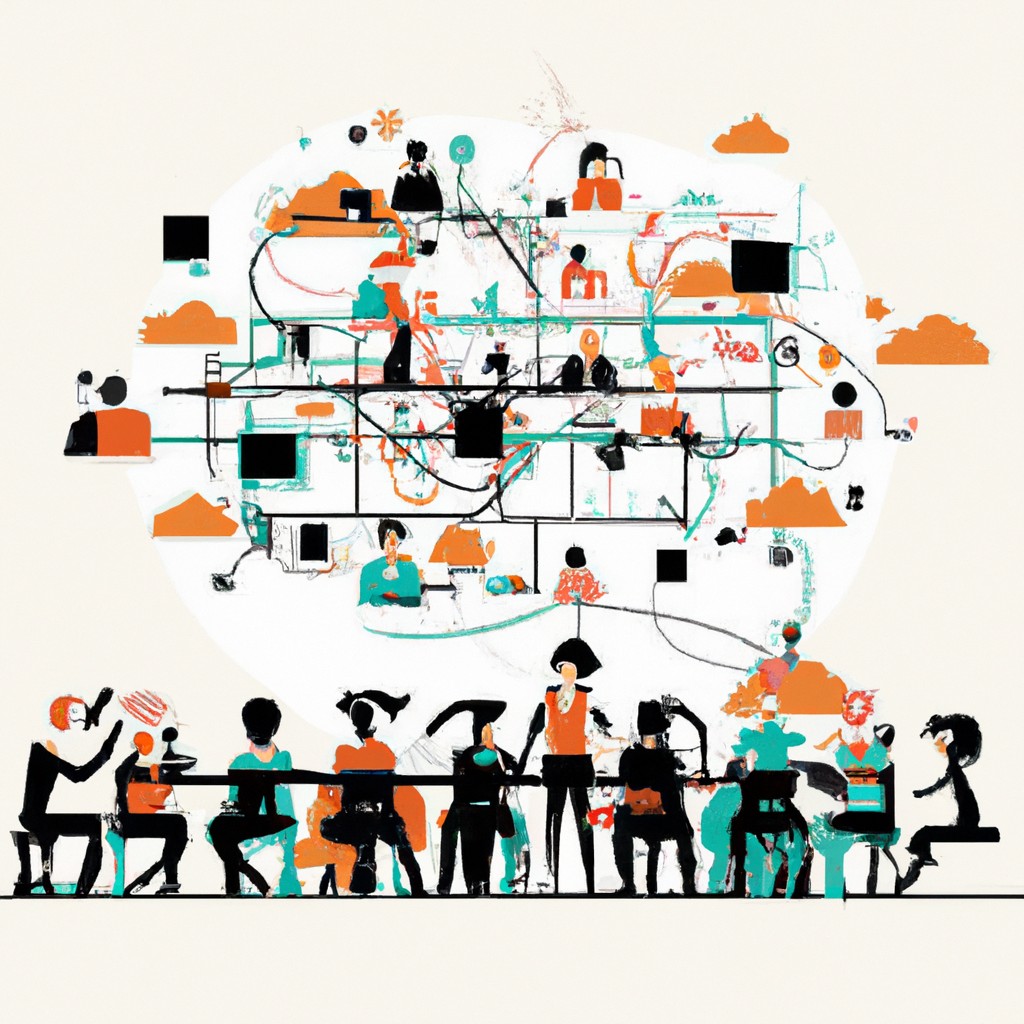
Resisting change often leads to missed opportunities and stagnant growth within individuals or organizations. This reluctance can result in increased stress and frustration among stakeholders. The unwillingness to adapt can lead to a loss of competitive edge and innovation. Employees may feel demotivated, causing decreased productivity and satisfaction levels. Additionally, resistance to change can create a tense and negative work environment, hindering collaboration and communication. Over time, this can impact long-term success and hinder achieving goals. Embracing change, on the other hand, opens doors to new possibilities, promotes creativity, and fosters a culture of continuous improvement.
Read more
Causes of resistance to change

Resistance to change often stems from fear of the unknown. People may resist change due to uncertainty. When changes challenge their comfort zones, resistance can occur. A lack of trust in leadership can breed resistance. People may feel threatened by change. Past negative experiences with change can lead to resistance. Fear of failure or loss can drive resistance. Change can disrupt established routines and create discomfort. Unclear communication about the reasons for change can cause resistance. Lack of involvement in the change process can fuel resistance. Overall, understanding these factors can help manage resistance effectively.
Read more
Tips for effective planning

Effective planning is crucial for achieving goals. Start by setting clear objectives. Create a detailed timeline. Prioritize tasks according to importance. Break down large projects into smaller manageable tasks. Use tools like calendars and to-do lists to stay organized. Regularly review and adjust your plan as needed. Share your plan with others for accountability and feedback. Stay flexible and adaptable in the face of unexpected changes. Celebrate achievements along the way to stay motivated. Remember, effective planning is a skill that improves with practice. By following these tips, you can enhance your planning abilities and increase your chances of success.
Read more
the role of technology in communication and collaboration
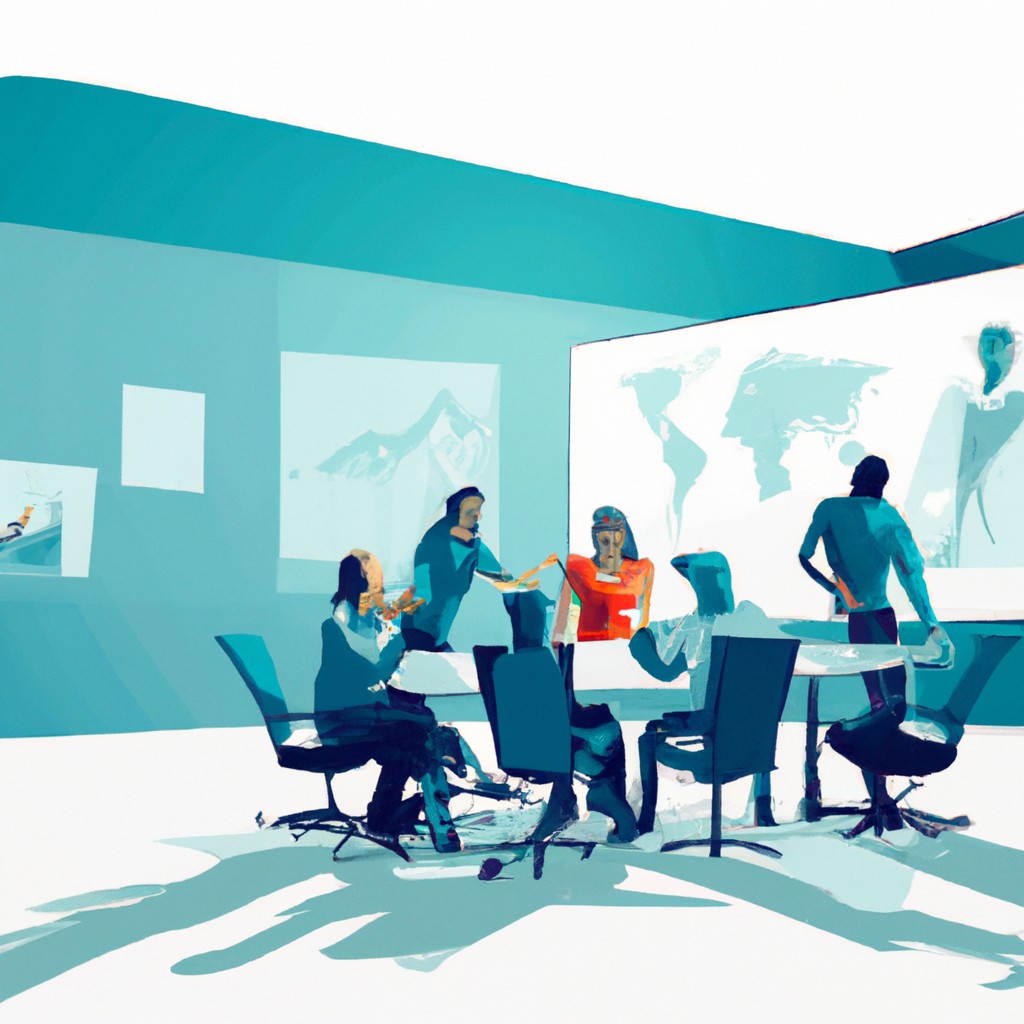
Technology has transformed how we communicate and collaborate, bridging distances and fostering connections. Communication tools enable real-time interactions, breaking down barriers to effective teamwork. Embracing digital platforms allows seamless sharing of ideas and information, enhancing productivity and innovation. Virtual meetings transcend geographical boundaries, encouraging global cooperation in diverse fields. The evolution of technology provides diverse communication channels, catering to varied preferences and needs. Online platforms facilitate instant feedback and quick decision-making, facilitating efficient teamwork dynamics. Technology empowers individuals and organizations to engage in meaningful dialogues and build strong relationships. Ultimately, the role of technology in communication and collaboration is pivotal, shaping modern interactions and shaping our interconnected world.
Read more
strategies for improving communication and collaboration
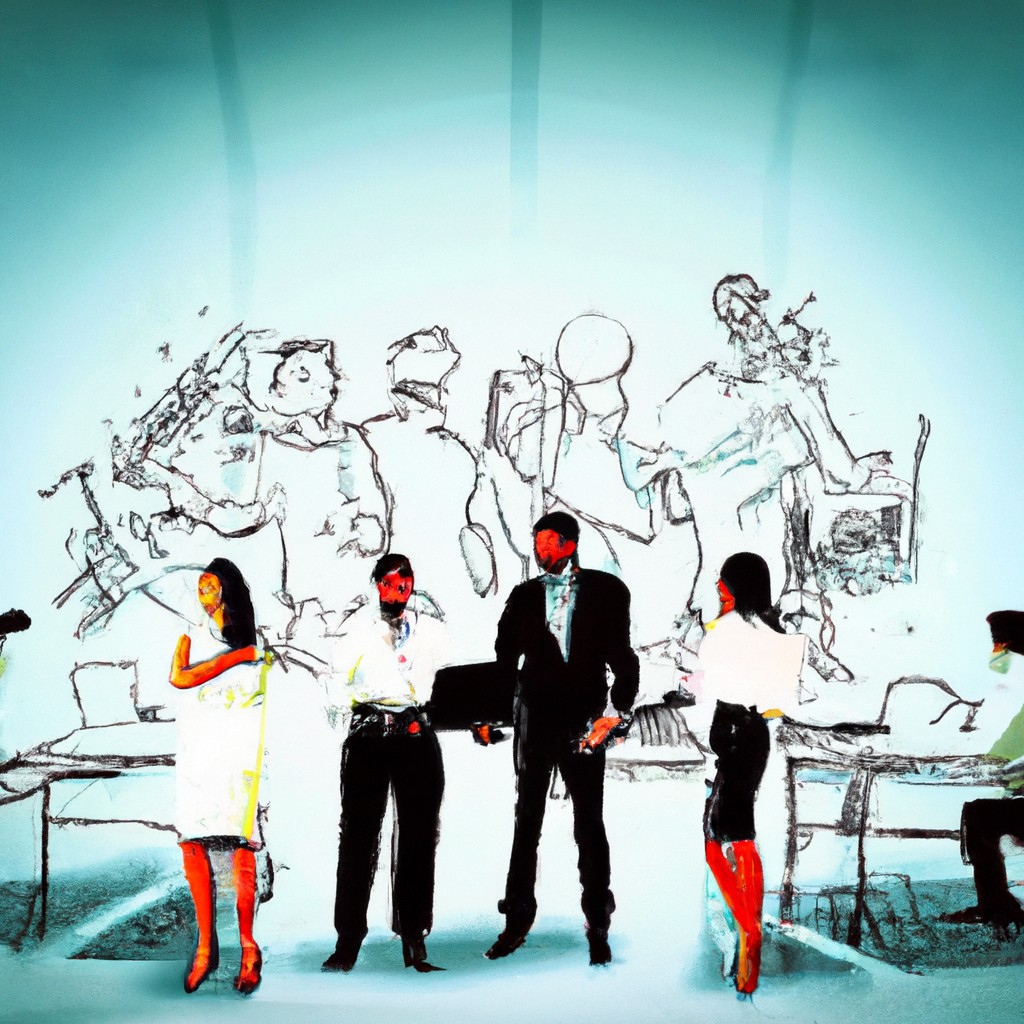
Improving communication and collaboration begins with active listening. Understanding others' perspectives fosters empathy. Encourage open dialogue and feedback. Building trust is essential for effective teamwork. Recognizing individual strengths promotes synergy. Embrace diverse viewpoints to enhance creativity. Clear goals align everyone towards a common purpose. Effective communication tools streamline workflows and information sharing. Establishing a positive team culture nurtures a collaborative environment. Addressing conflicts openly and constructively resolves differences efficiently. Celebrate successes together to reinforce bonds and boost morale. Consistent communication and collaboration practices lead to long-term success and a thriving team dynamic. Engage in continuous improvement efforts to adapt to changing circumstances and achieve mutual growth.
Read more
cultural differences and their impact on communication and collaboration
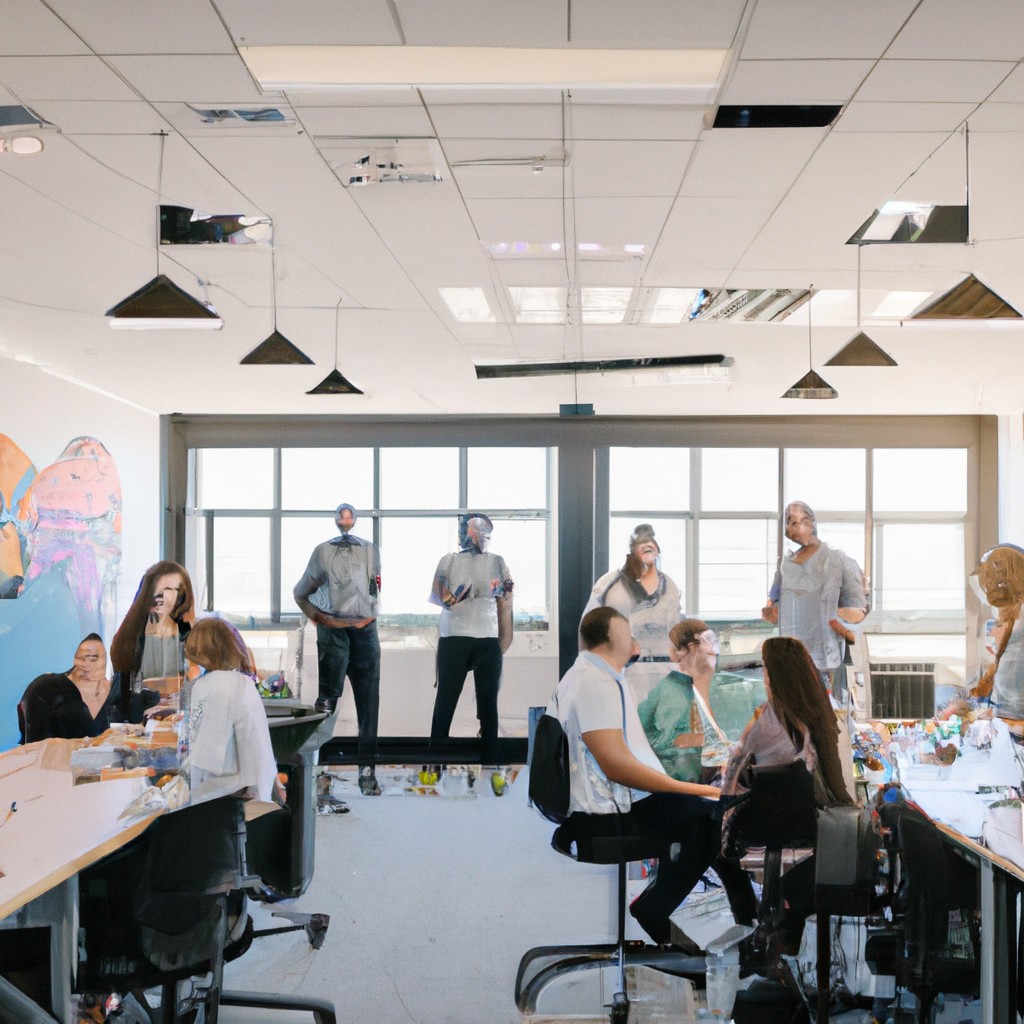
Cultural diversity affects communication in various ways, such as language barriers, non-verbal cues misunderstanding. This leads to misunderstandings and conflicts. Sensitivity and openness to different perspectives are crucial for successful collaboration across cultures. Collaboration can be challenging but enriching as it brings diverse ideas and approaches. Effective communication skills are key in bridging cultural gaps within teams. Transparency, active listening, and empathy form the cornerstone of successful cross-cultural collaborations. Embracing diversity can enhance creativity and problem-solving. By valuing cultural differences, organizations can foster a more inclusive and harmonious working environment. Ultimately, understanding and respecting diverse cultures can lead to more effective teamwork and innovation.
Read more
Steps involved in proper planning
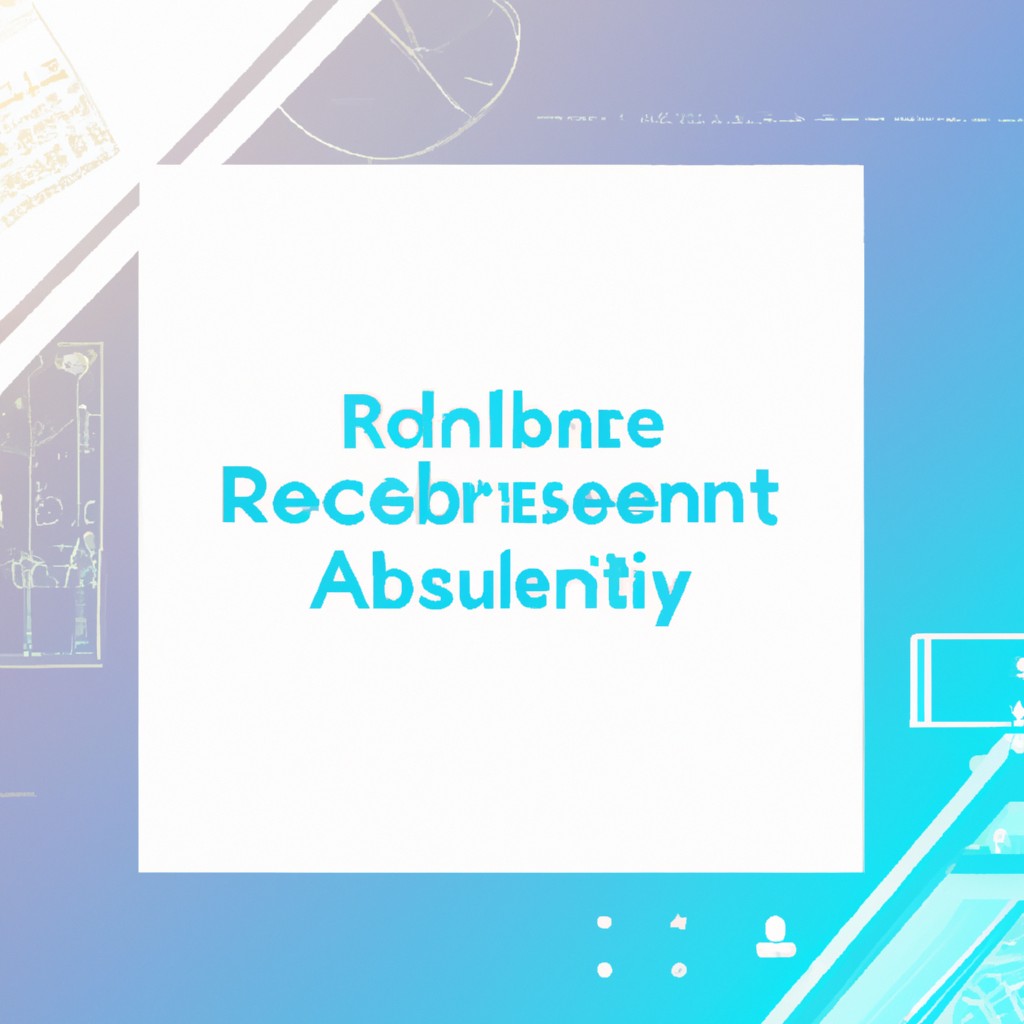
Proper planning involves setting goals, analyzing resources, creating a timeline, delegating tasks, and evaluating progress. Breaking down the process simplifies daunting tasks and enhances efficiency. Communication plays a vital role in coordinating efforts and fostering teamwork. Regular updates and adjustments ensure adaptability and maintain momentum towards achieving objectives. Taking into account potential obstacles helps in developing contingency plans to mitigate risks. Seeking feedback and reflecting on past experiences contribute to continuous improvement and growth. Celebrating successes and learning from failures fosters a positive mindset and encourages perseverance in the face of challenges.
Read more













